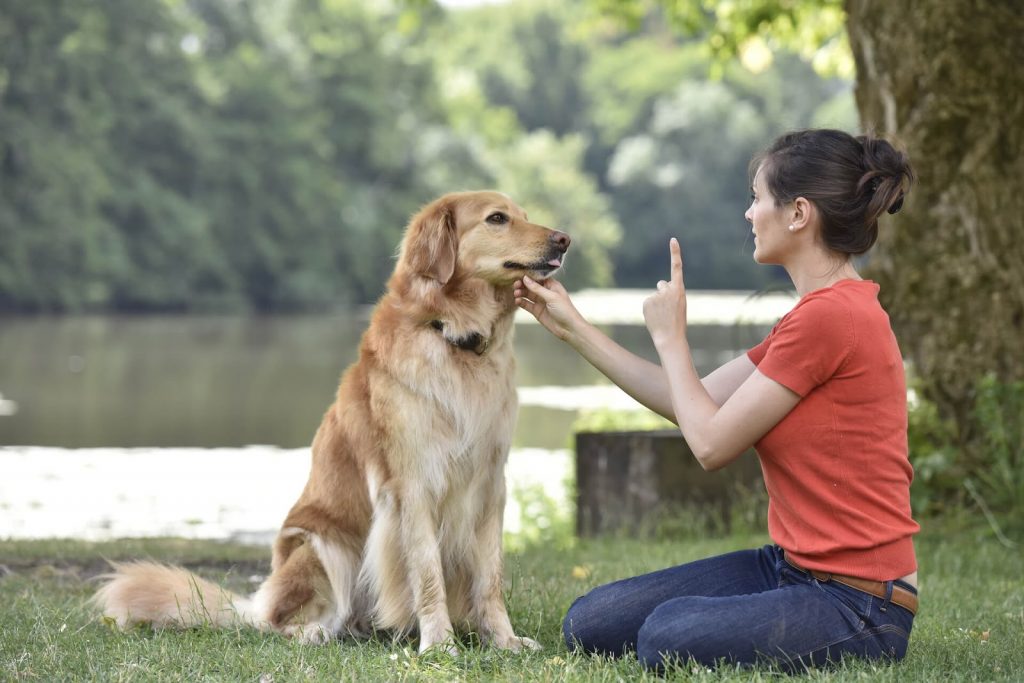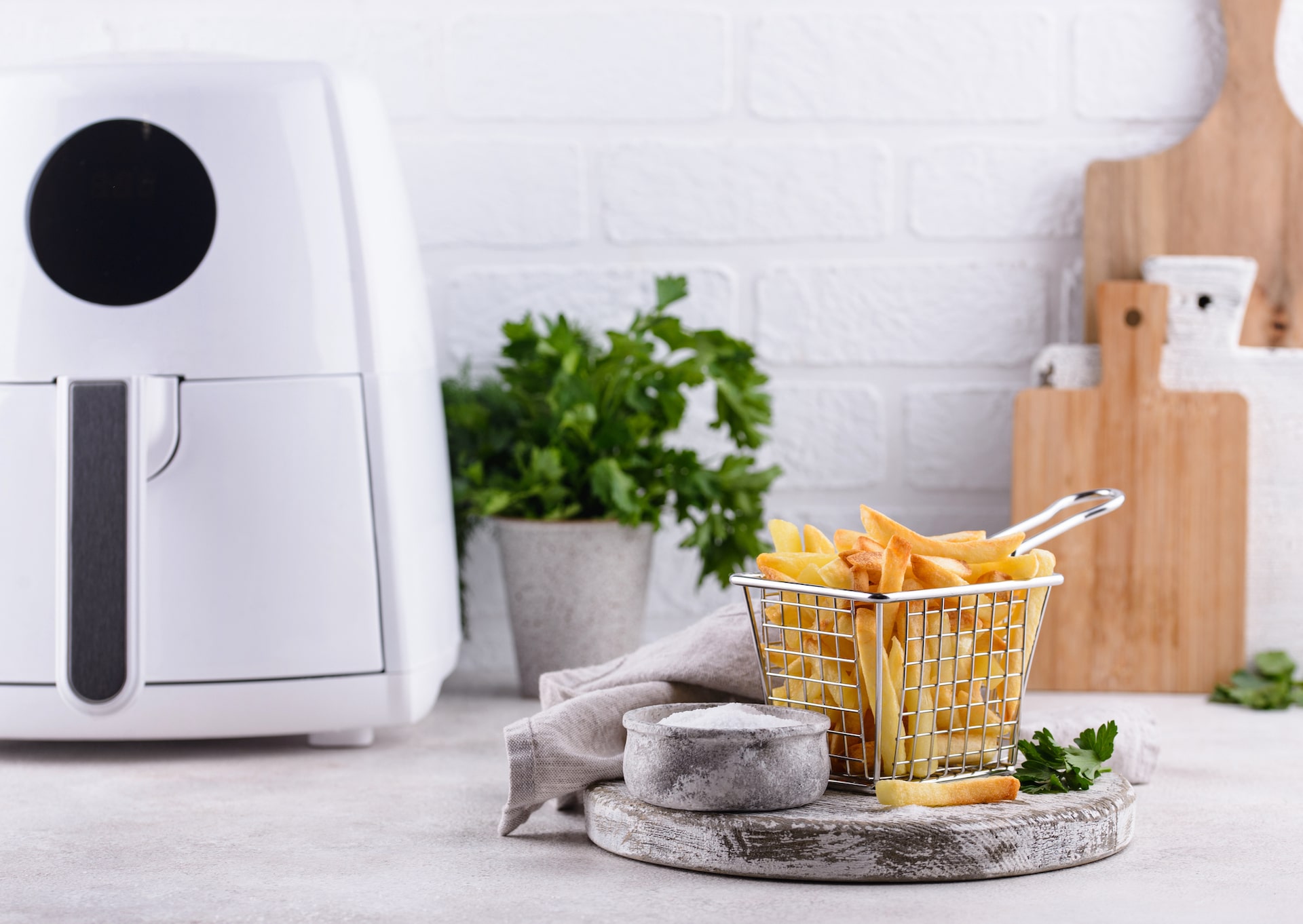This article may contain affiliate links. We may receive a commission for purchases made through these links. Privacy Policy.
Whether you’re a dog owner training a new puppy for the first time or trying to teach an older adult dog new tricks, you’ll find that the process goes a lot faster if you have something with which to reward your canine friend. After all, proper motivation is key for anyone learning a skill or good behavior.
But not all dog training treats are the same, and you may find that some work better than others. How can you choose the best training treats for your dog? Check out our 13 picks below.
What to Look for in Dog Training Treats

When shopping for dog training treats, whether with an online retailer like Amazon or at the pet store, you want to look for a few key features:
- Size
- Ease
- Calorie Content/Nutritional Value
- Yum Factor
You want your dog training treats to be on the small side — small enough that your dog can quickly chew and eat them completely during your training session without getting distracted or having to run off to eat their treat, taking them away from whatever task you’re teaching them.
In addition to being small, you want treats that are easy to eat without making a huge mess (so it’s usually best to avoid crunchy, crumb-ridden treats), as well as treats that are just generally easy to eat without a lot of chewing. In addition to thinking of how easily your dog will be able to eat their new training treats, also think about how portable they are and how easily you’ll be able to carry the treats around for rewards on the go.
Related: The 9 Best Dog Cameras to Watch Your Pet While You are Away
Since your dog training treats are, well, treats, you want them to be low in caloric content as well. You don’t want to add a bunch of wasteful, unneeded calories to your dog’s diet just because you’re training them.
Additionally, you want your treats to actually be a treat, a reward, a big deal, something your dog wants. Look for flavors and textures you already know your dog loves. This will be different for every dog, but often, favorite flavors include peanut butter, meat and cheese, and favorite textures are moist and greasy.
Best Training Treats for Small Dogs and Puppies
Training treats are not one size fits all. Here are the best training treats for small dogs and puppies.
Zuke’s Natural Training Dog Treats

Zuke’s dog treats are a favorite for dog experts at Canine Journal, so of course it had to place highly on our list. These treats are very small — about the size of the end of your pinky — making them ideal for smaller dogs who need tiny treats for tiny mouths.
Made with allergen-free natural ingredients you can feel good about, Zukes treats only have 3.5 calories, so you don’t have to worry about your dog getting that training chub. Choose from a wide range of flavors to find the best fit for your dog’s tastes, including peanut butter, salmon, pork, duck, chicken and rabbit.
Wellness Soft Puppy Bites Grain-Free Lamb & Salmon Recipe Dog Treats

These puppy-designed dog training treats are made from real meat (not meat byproducts), fruits and vegetables. All-natural, these treats are a bit larger than some of the others on this list, so if you have a particularly small dog (think toy breed), you may want to cut them in half.
Otherwise, most small dogs and puppies will be able to handle them.
Related: The 15 Best Dog Puzzles [Idle Dogs are like Idle Hands]
Fruitables Skinny Minis

These low-calorie treats are soft, bacon-flavored and made from real fruit and vegetables. You can choose from a variety of flavors, but also a variety of textures. Chewy treats are often best for dog training, as you can cut them up, and they can easily be chewed and swallowed during training, with minimal fuss and mess.
But if you find that your dog just isn’t into the chewy texture, you can go with the Fruitables crunchy or jerky varieties.
Nutro Mini Dog Treats

These small treats come in a variety of flavors, including a few unusual ones that you may find your pup prefers, such as hickory smoke and berries and yogurt. Free from GMOs, the treats do not contain any gross fillers like corn or soy. Plus, they’re very low-cal, at only 3 calories per treat.
Best Dog Training Treats for Large Dogs
In many cases, if you’re working with a larger dog, you won’t easily find training treats that were made with a larger dog in mind. In these cases, it’s just easier to buy a normal variety of treats and fill your treat pouch with smaller pieces to suit your dog. Here are a few favorites.
Rocco & Roxie Gourmet Jerky

Chewy, smelly and easy to portion out, this gourmet jerky doesn’t contain any artificial flavor additives, soy or gluten fillers. The first ingredient is beef, followed by rice protein and then seasonings. So, it’s wholesome, yummy and it’s not even that messy when you portion it up for your larger dog.
Related: 6 of the Best At-Home Grooming Kits for Dogs [Plus Tips for Beginners]
Buddy Biscuits Grain-Free Soft & Chewy Treats

These larger treats are good for both larger dogs as well as for those dogs with sensitive stomachs. Grain-free and gluten-free, they’re low in calories and fat and can be divvied up into the size suitable for your dog.
Related: The 9 Best Grain-Free Dog Foods
Old Mother Hubbard Crunchy Natural Puppy Treats

If you find that your dog likes crunchy treats over soft, and you have a large dog, you can choose to use puppy training treats as incentives. These treats from Old Mother Hubbard Baking Co. are filled with the good stuff — vitamins, minerals, protein and fiber, thanks to high-quality veggie and protein ingredients.
Plus, they’re very portable.
Best Dog Training Treats for Picky Eaters

Can’t seem to find any treat that your dog likes enough? Struggling to find a strong enough motivator? Try one of these scrumptious treats.
Stewart Freeze Dried Liver Treats

These treats come with a wealth of benefits beyond being positively yummy to most dogs, even the picky ones. They’re made with only one ingredient (liver).
They’re easy to cut into pieces to fit your dog’s size. They’re gluten-free. And they are so popular that dog trainers add them to dry dog food for puppies who refuse to eat.
Related: How to Start a Doggie Dental Routine
PureBites Chicken Breast Dog Treats

Similarly, these freeze-dried chicken treats only contains one ingredient: chicken. The chicken breast feels, looks and smells like real chicken, because it is. Full of protein and low in calories, these treats will tempt finicky dogs with ease.
Merrick Backcountry Real Chicken Sausage Cuts

Made with USA-raised chicken, milk, rosemary and one preservative (and that’s literally it), these meaty treats are both human and dog-approved. The small pieces are easy to dole out as needed, and they can be used whole for larger dogs or cut in two for smaller dogs.
Best Dog Training Treat Alternatives
Sometimes the best treats aren’t really treats at all. Here are a few treat alternatives.
Redbarn Naturals Premium Dog Food Roll

These all-natural dog food rolls are a hit with most dogs. Maybe it’s the fact that each is made from at least half fresh meat?
They are easy to use as a treat rather than as food, thanks to their roll nature. Just cut up the rolls in a size suitable for your dog, and you’re ready to go. Choose from beef, lamb and chicken flavors.
Something that’s already in your fridge…

You likely already have something in your fridge that your dog will work for dog rewards. Think — what snack do they beg for the most? Is it cheese from your charcuterie board? The hot dog from the grill?
You can use fresh, organic meats and cheeses as dog training treats if you pick your items with care. Just be sure to avoid any tummy trouble-causing ingredients, like spices. You will also want to note how your dog responds to the treats at first and avoid giving them a lot of treats in one sitting. You don’t want to give them anything that will make them particularly gassy or uncomfortable.
Popular options are cooked chicken (plain), hot dogs, buffalo and cheddar cheese. If you want to get real crazy, you can even cook up and prep some tiny pieces of pork liver.
Homemade dog biscuits are also a fun and budget-friendly way to introduce your pet to new, nutritious flavors like sweet potatoes, flaxseed or fish oil (for that DHA benefit). Don’t have a go-to recipe?
You can always go with Danielle Mühlenberg’s (PawLeaks dog behaviorist) apple dog treats:
Ingredients:
- 1 cup oatmeal
- 1 egg
- ½ cup of organic applesauce
Mix everything together, pour into the mold of your choice and bake for 22 minutes at 350 degrees.
Related: Human Foods Safe for Dogs [And 22 Human Foods They Should NEVER Eat]
Baby Food
No, really! Baby food can make a great dog training treat and one that works well for dogs who are experiencing treat fatigue from the other options in your cabinet.
Plus, baby food is especially safe, as it is human-grade, contains no artificial colors or flavors and is made with your baby’s health in mind — so it’s pretty sure to be nice to your pup’s tummy, too. Try either meat or vegetable-based baby food for the best results.
Related: 7 Dogs Coats for Winter [Your Dog Will Love When It’s Really Cold Outside]
Tips for Using Dog Training Treats

Not finding that training treats are working for you? You may need to employ one of these tips.
1. Change it up.
If you found that training treats were working for your dog at the start, but not quite so much now, it might just be that your dog is accustomed to those treats and is no longer that interested in them.
Just like you wouldn’t want to eat the same type of candy over and over and over again as a treat, your dog probably doesn’t want the same type of treat as they’re learning to sit or stay. Change up the kind of treats you’re using to give Fido a bit of variety.
2. Establish a hierarchy of rewards.
Sometimes, establishing a hierarchy of rewards can help get your pup onboard with learning a new skill. A hierarchy of rewards is a simple concept and one that probably exists in your own life already.
For example, if you pitch in on a work project, you may receive the low-value reward of your boss’s acknowledgment. If you work overtime on a project, you may receive the medium-value reward of extra time off or a bonus during the holidays. And if you successfully land a big sale for the company, you could receive the high-value reward of a raise and promotion. As a human, you already know that performing certain acts will reap rewards that are generally of the same value; the same is true for your dog and their performance.
So, get some high-value treats (the ones your dog loves the absolute most), medium-value treats (something better than regular food, but not the most preferred) and low-value treats (something your dog will eat if it’s offered but wouldn’t necessarily choose, or even just some pieces of their normal kibble). Then, use them accordingly.
High-value treats are suitable training rewards for teaching brand-new behaviors and use in distracting environments. Medium-value treats are suitable for practicing learned behaviors and as a general reward. Low-value treats are suitable for subpar performances.
Related: How to Pick the Right Dog for Your Lifestyle (From these Smartest Dog Breeds)
3. Find another way.
Some dogs aren’t really motivated by the morsels shuffling around inside your treat bag, and that’s fine. Find another way to treat your dog. Do they really love playtime? When you talk to them in that silly voice that makes their tail wag a mile a minute? Cuddles?
Whatever it is that your dog loves, use that as a treat while you’re training.
Is it Time to Give Up Treats?

Eventually, you’ll want to phase treats out of your dog’s routine. After all, you do want Fido to be able to perform well without needing a treat in your hand every time you ask them to behave. So how do you phase treats out of your routine without losing all of your hard work?
First, establishing that hierarchy of rewards can help you work in that direction. Then, once you know you can generally always rely on your dog to perform as asked, even if they do occasionally give a subpar performance (moseying into the house from the yard when called, for example, versus coming directly and right away), you can begin removing the treats from your (and their) routine.
But! Don’t end the treats completely. You want to periodically provide them so that your dog doesn’t give up on behaving well; you want them to know that there’s always a chance they could get that treat.
You might also be interested in: Is Pet Insurance Worth It? [How to Protect Your Fur Babies]
The 13 Best Dog Training Treats:
- Zuke’s Natural Training Dog Treats
- Wellness Soft Puppy Bites
- Fruitables Skinny Minis
- Nutro Mini Dog Treats
- Rocco & Roxie Gourmet Jerky
- Buddy Biscuits Grain-Free Soft & Chewy Treats
- Old Mother Hubbard Crunchy Treats
- Stewart Freeze Dried Liver Treats
- PureBites Chicken Breast Dog Treats
- Merrick Backcountry Real Chicken Sausage Cuts
- Redbarn Naturals Premium Dog Food Roll
- Baby Food
- Homemade Treats
Holly Riddle
view postHolly Riddle
Holly Riddle is a travel, food and lifestyle writer, and a full-time freelance content creator after several years on editorial staffs for a multitude of publications ranging in topic and audience demographic. She currently acts as the editor at large for Global Traveler magazine and is a regular contributor at Trazee Travel, WhereverFamily, TravelMag, CruiseHive and more. Ghostwritten work for travel clients has appeared on Forbes, Bloomberg, Inc. and other top publications. She also manages blogs for tour providers, hotels and tourism boards.
view post








